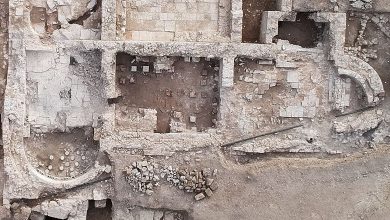The Nigeria tribes and mode of their dressing
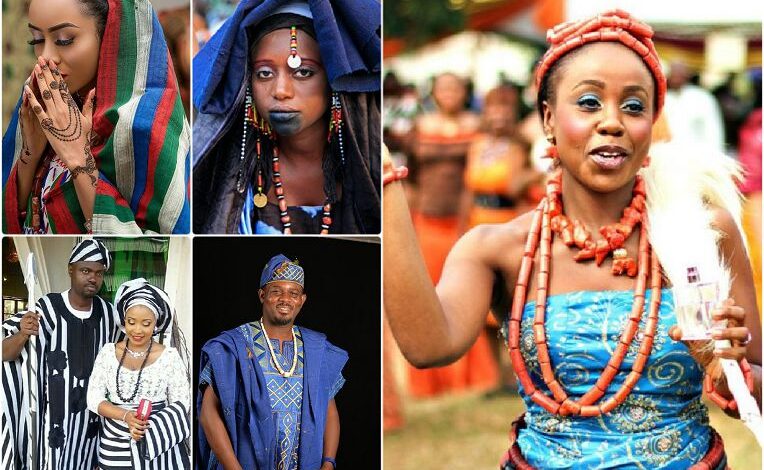
The traditional mode of dressing often explains one’s cultural heritage, but no doubt, fashion is one of the unique differentiating factors of Nigeria tribes.
Various ethnic groups in Nigeria have a different way they live which varies from each other. Still, we are focusing on the mode of their dressing use in identifying the tribe which individual came from or representing.
Nigeria is on the western shores of Africa and the most populous black country globally and the seventh most populous world.
Nigeria has more than 250 ethnics group with over 500 spoken languages, which identifying the variety of their way of life. The official language is English.
The three most dominant ethnic groups in Nigeria are Hausa, Igbo and Yoruba. Other ethnic groups are Edo, Ijaw, Ibibio, Tiv, Kanuri, Idoma, Igala, Itsekiri, etc.
Nigeria is distinguished by the wide of its traditional attires in areas of dressing. It is fashionable for Nigeria to wear the formal dresses of their ethnic groups of origin.
Nigerian tribes and their mode of dressing
Hausa/Fulani/Kanuri tribe
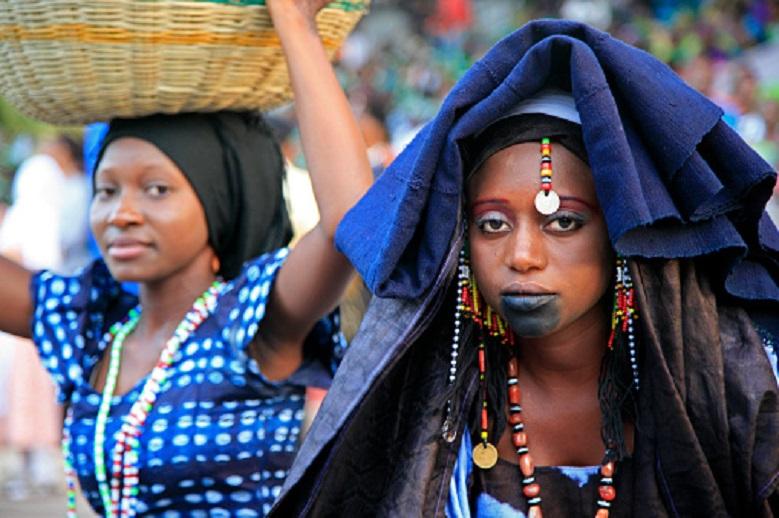
They are the largest tribe in Nigeria, Mostly found in the northern part. They practised a very homogenized culture, mostly Isalm by religion and a few other religions.

Hausa/Fulani/Kanuri men traditionally wear large flowing dresses called ‘Babban Riga’, with ‘Juanni’ and ‘Jalabiya’. These garments usually have sophisticated embroidery around the neck, and their men also wear a cap, known as ‘Hula’.
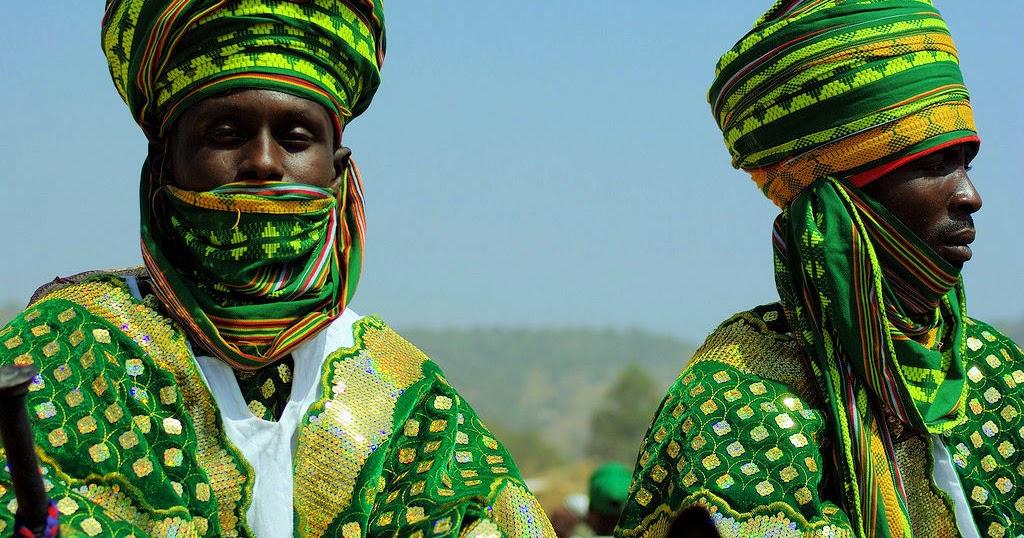
Women traditionally wear Zani (wraps), which made of a colourful fabric called ‘Atampa’, along with corresponding blouses, headbands, shawls and hijabs. They also are seen with attractive body paint patterns known as henna or Lalli. They wear embroidered blouses and wraps and wear some facial signs and customary jewellery in everyday life.
Yoruba tribe mode of dressing
Southwestern Nigeria is dominated mainly by the Yoruba, one of the major tribes of Nigeria and the most populated tribe in Africa.
Yoruba men wear Kembe, Dandogo, Dansiki, Agbada, Sokoto with corresponding hats such as Eleti-Aja and Fila-Etu.
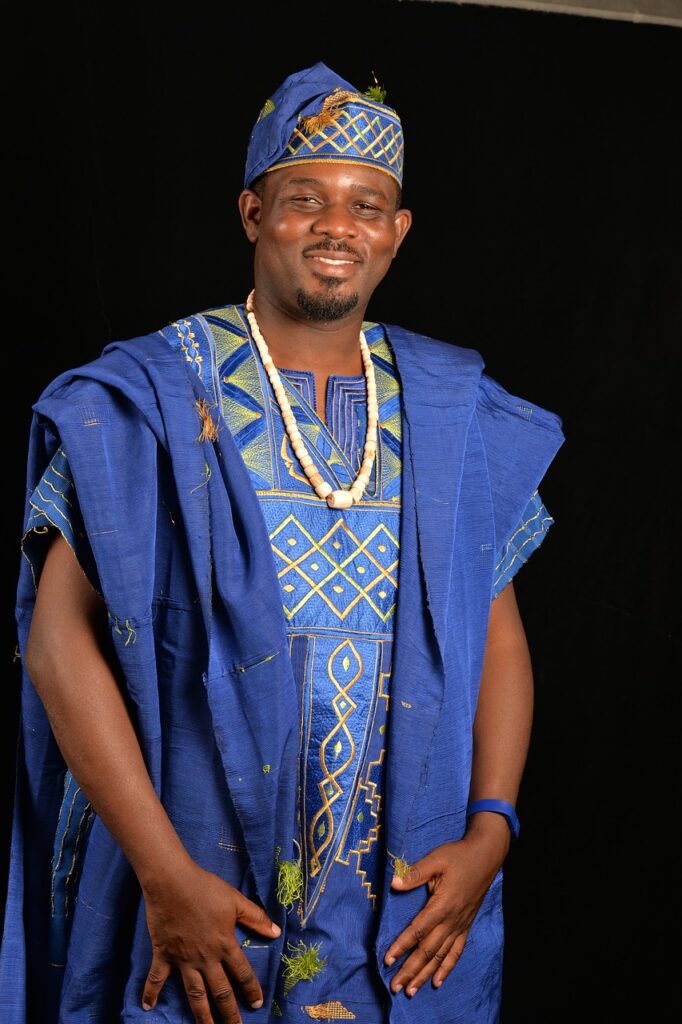
Women wear Iro (wrap) and Buba (blouse). They combine it with Gele (headgear) and the corresponding Ipele/Iborun (shawl), made of Aso-Oke material for outdoor activities.
Igbo tribe mode of dressing
The Igbo people are descendants of th Nri kingdom, predominately found in the southeast of Nigeria. Igbo clothing for men usually consists of an ‘Isiagu’ top, which resembles an African dashiki.
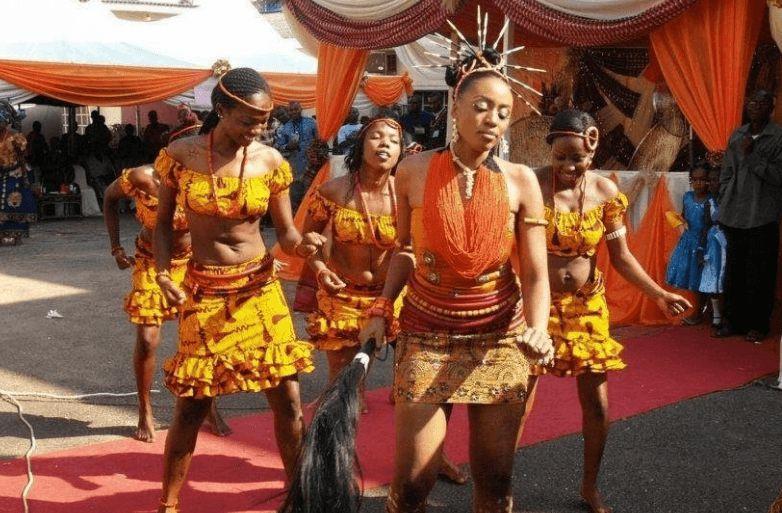
The Isiagu (or Ishiagu) usually decorated with lion heads embroidered over the garment, and it can also be plain (typically black). It is worn with pants and can be worn either with the traditional hat of title-holders (a fez called Okpu Agu or Agwu) or with the traditional Igbo hat of men (which resembles a hat with a bobble).

Women wear blouses and skirts. Sometimes they prefer traditional wraps instead of skirts. They wear beads around their necks and wrists.
Edo tribe mode of dressing
The Edo people (Bini, Afemais, Esan and other tribes living in Edo State) are known for their bright and colourful clothing.
Edo men wear flowing garments of a veil, Ankara, lace, guinea, or jacquard, pants or white wraps and loose shirts. They also tend to complete their look with canes and embroidered hats.
Women usually decorated their dresses or wraps with coral beads. However, men are also often seen wearing coral, especially at special events. The beads are supposed to symbolize freedom and Royal authority.
Ibibio/Efik/Eket/Oron/Annang tribe
In Nigeria, another big group of tribes have similarities in their traditional dress. Such people are in the southern part of the country.
Men often wear long wraps with long shirts reaching to mid-thigh, along with beads and hats, and they carry canes, usually walking stick.
Women wear Ukod, Ofod, Anwang, or Onyonyo, or if it is something like a wedding, they could also wear both. The first costume includes a short top and some traditional arm and leg accessories for the wrap, while the second is a dress with large gold hair decorations.
Tiv tribe dressing mode
They live in Benue and Plateau states. The traditional clothing of these people is one of the most exciting parts of their culture.
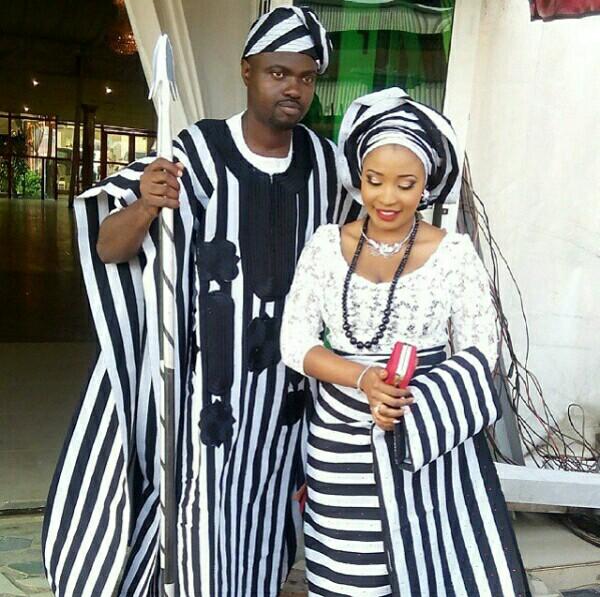
Both males and females have seen wearing a striped black and white clothing. When they moved to where they currently settled, they realized that the zebras have stripes, and they imitate their skin to make their clothes and not native to their new home.
That is why when they learned how to loom, they chose to honour their heritage by making black and white clothing.
Isoko/Urhobo tribe
These people are the dominant tribe in Delta State, especially in the central and southern regions. Although Urhobo and Isoko are various ethnic groups, they grouped due to their cultural and linguistic similarities.
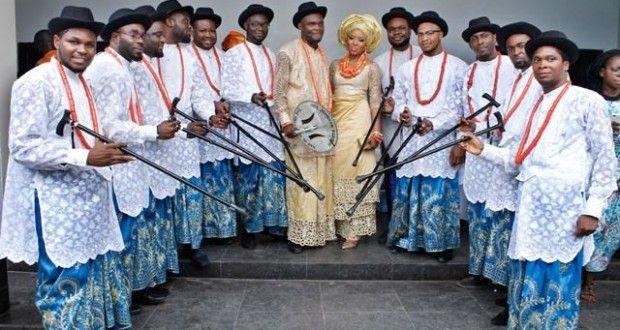
Isoko/Urhobo men usually wear white lace shirts (or sometimes other pastel shades), Georgian wrappers and black cowboy hats, and carry walking sticks.
Ladies are wearing two wrappers made of the same material as the men and headbands and a blouse. Both men and women tend to accessorize their appearance with coral bracelets and necklaces.
Itsekiri tribe
Itsekiri is a very mixed people of ethnic origin who speak a language closely related to the Yoruba language of southwestern Nigeria and the Igala language of central Nigeria. Still, it also adopts from the Edo people of Benin City.
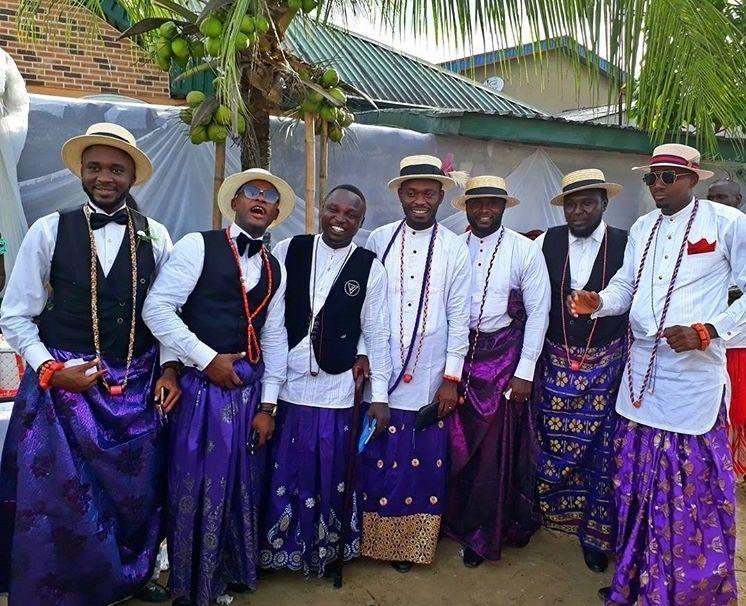
The Itsekiri men wore a long-sleeved shirt called A Kemeje with a George wrapper tied around the waist and a hat with feathers glued to it.
The women wore shirts with George wrappers tied around their waists and with very colourful headgear called Nes (scarves) or coral beads.




